Today, over 4.2 billion or 55% of the world's population is urbanised, and according to the United Nations (The World Cities Report, 2018) it will reach above 60% by 2030 — 765 million people will reside in the world's top 33 megacities, of which 22 are coastal.
X-Crop’s vision is to feed the coastal cities against a backdrop of disasters, including; population growth, pandemics, lockdowns, and food poverty beyond that of our existing land-based farming. Designed to reduce costs, cut CO2 emissions and localise food production methods, Sealeaf 2.0 is a deployable data-driven floating farm that enables rapid agricultural productivity and net zero consumption.
Urbanisation, climate change and disasters are presenting a major challenge for the security of our food, whilst the continuous shrinking of available land for agriculture, increased carbon emissions and costs of land are making food consumption expensive and unsustainable in urban areas. In addition, the unprecedented demographic shift, increased demand for fresh produce, and increasing number of inhabitants living in 33 megacities of the world, 22 of which are coastal, are continuously growing in population. Thus, how can we feed millions of people when a disaster strikes?
According to the United Nations, up to 40% of the world's agricultural land is seriously degraded due to human-induced activities. On the other hand, The Guardian reports that 95% of the world's food is grown in the uppermost layer of soil, making topsoil one of the most important components of land-based agriculture. However, conventional farming practices and climate change have resulted in the disappearance of the most productive soil, threatening crop yields and contributing to nutrient pollution, dead zones and erosion. Similarly, vertical farming in urban areas are extremely costly, energy-demanding and technically unpractical according to horticulturists. Thus, how can we provide fresh produce in post-disaster situations when infrastructure and lands are destroyed?
Simultaneously, we are facing continuous uncertainties such as the rise of nationalist movements, volatile supply of oil, and rapidly changing weather conditions, which are interrupting urban food supplies and increasing dependency of economies for many farmers. All of these conditions are resulting in the global mass and long-distance importation of our food, such as vegetables and fruits from far away regions — causing immense use of fossil fuels and greenhouse gas emissions that contribute to climate warming, as well as increasing costs of a healthy diet. Thus, our present ways of production and supplying urban populations with fresh produce is economically, environmentally, and practically unsustainable.
In response to these imminent challenges and demand, Sealeaf 2.0 utilises under-valued water surfaces in urban locations to minimise risk of crop loss, lower food prices compared to urban farming, and cut carbon emissions by assisting demand. As a deployable data-driven floating farm, it is designed as a modular system for efficiency and scalability, and uses the ocean's and inner-city river's surface to produce 7/8 yields per year within controlled farming practices (hydroponics system), whilst generating its own energy, capturing rainwater and using organic nutrient concentrate to grow vegetables and fruits on water in urban areas.
